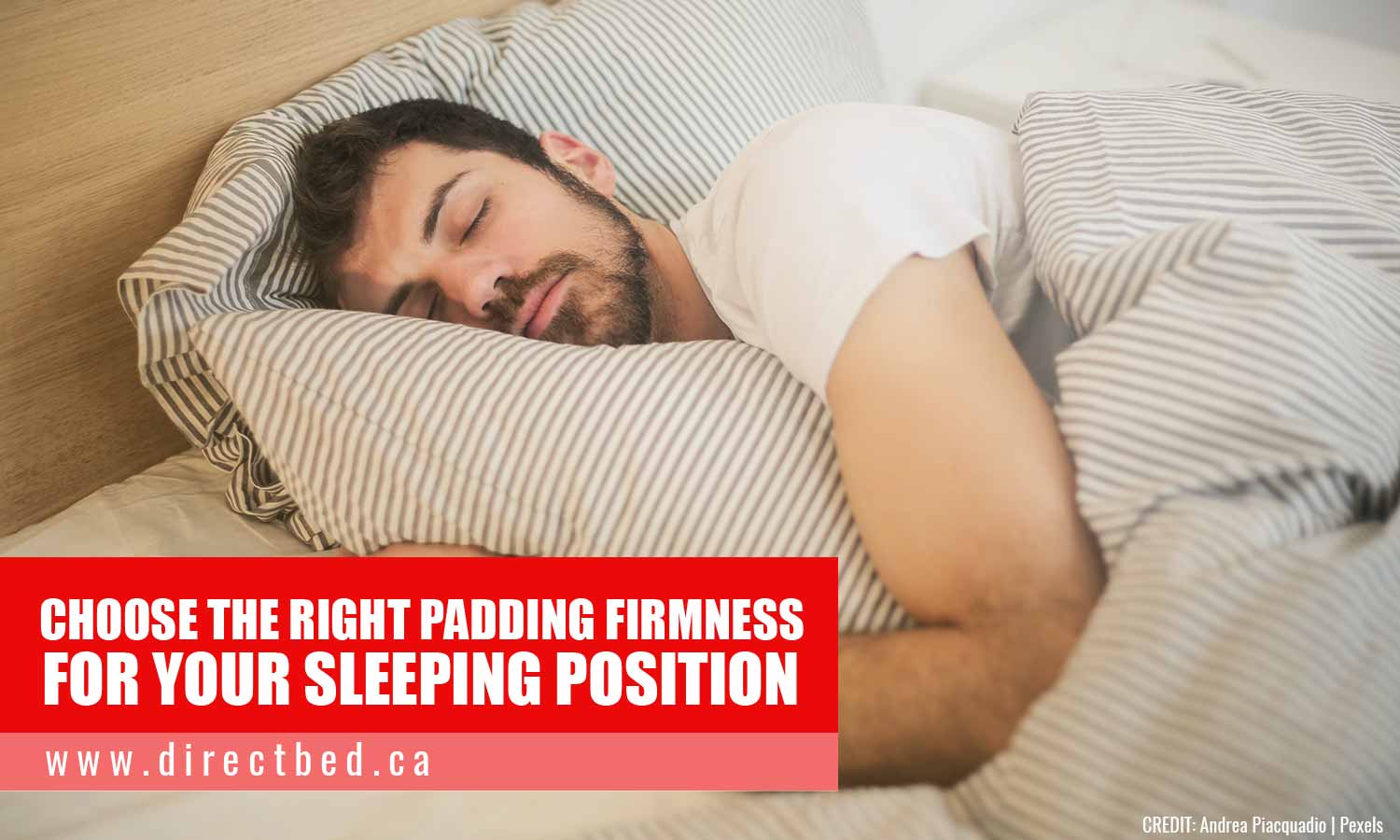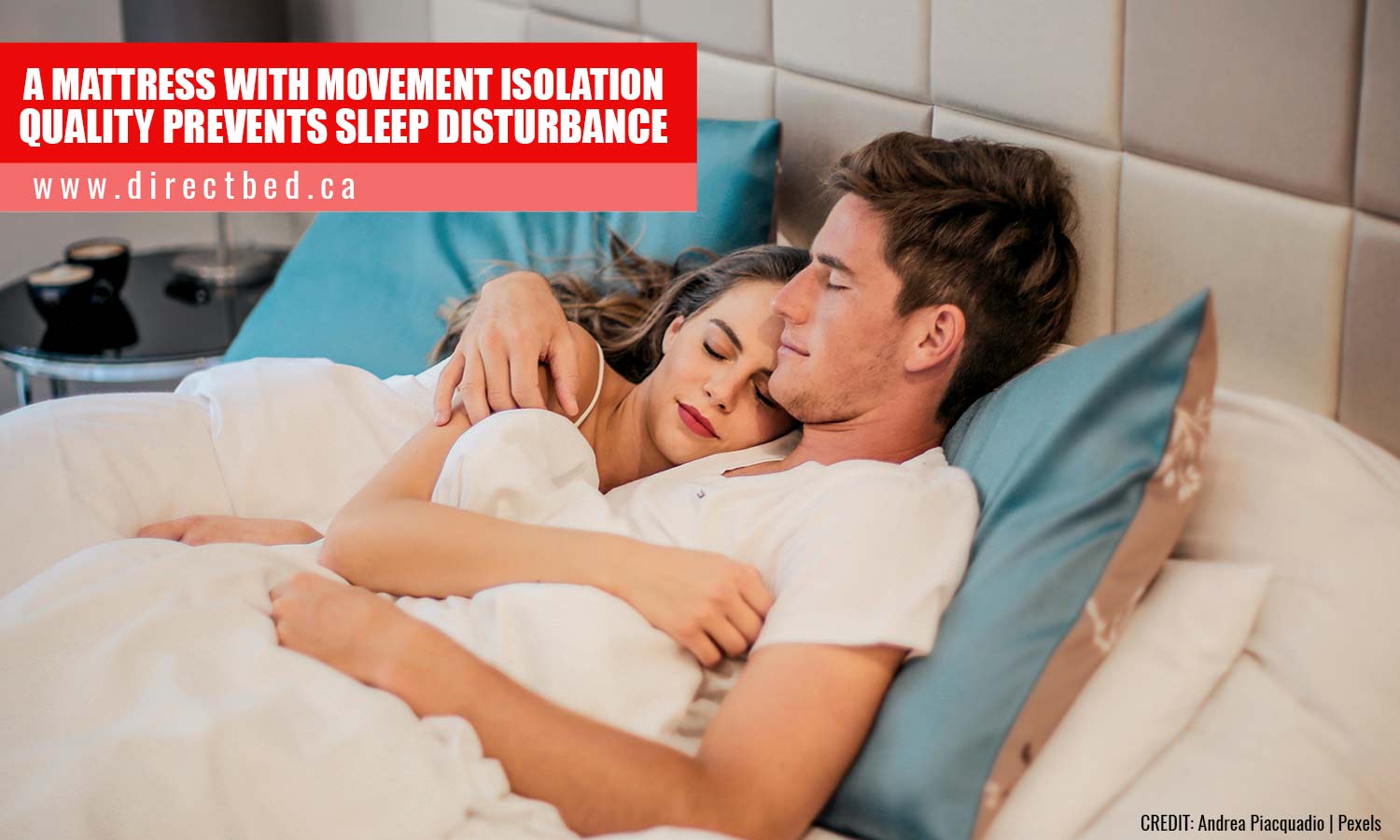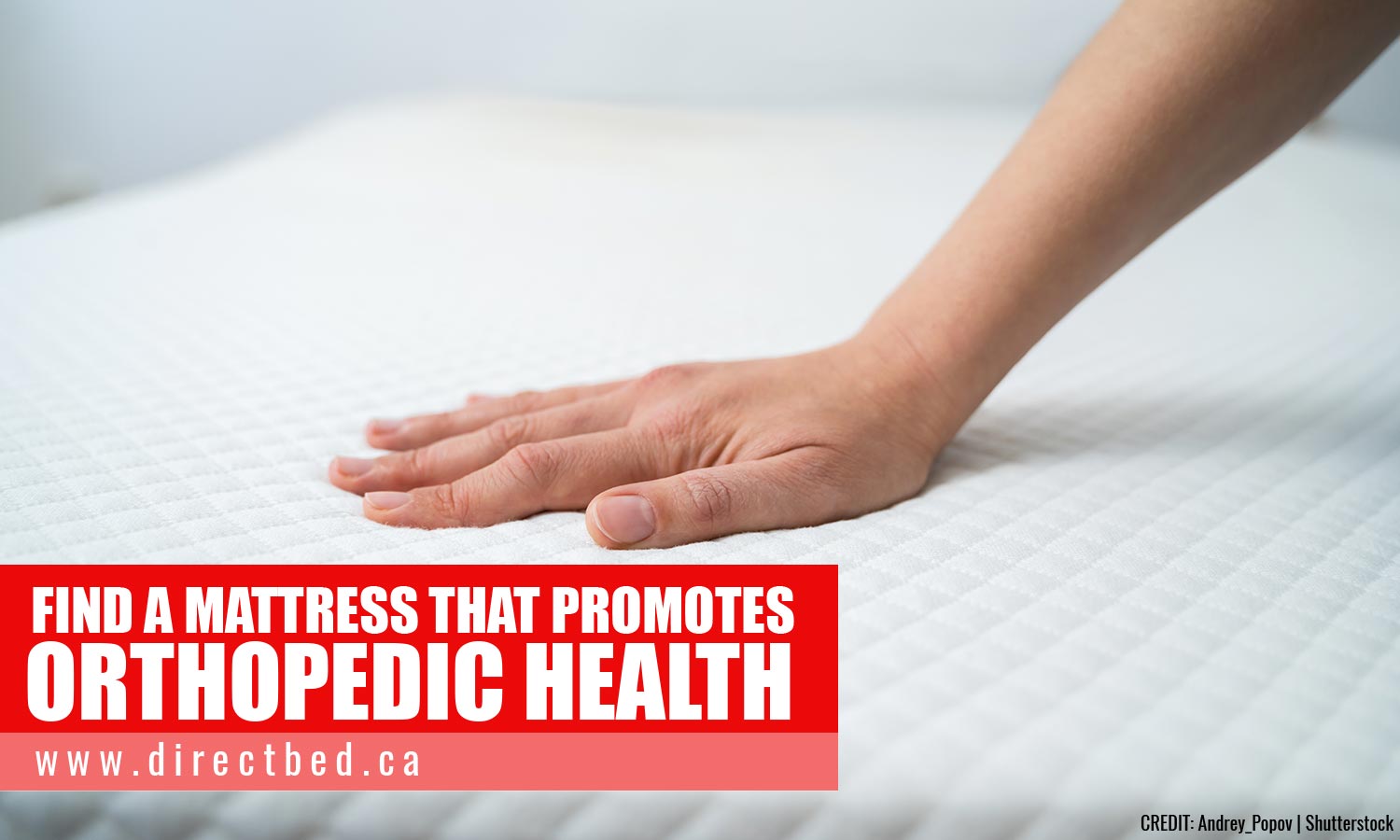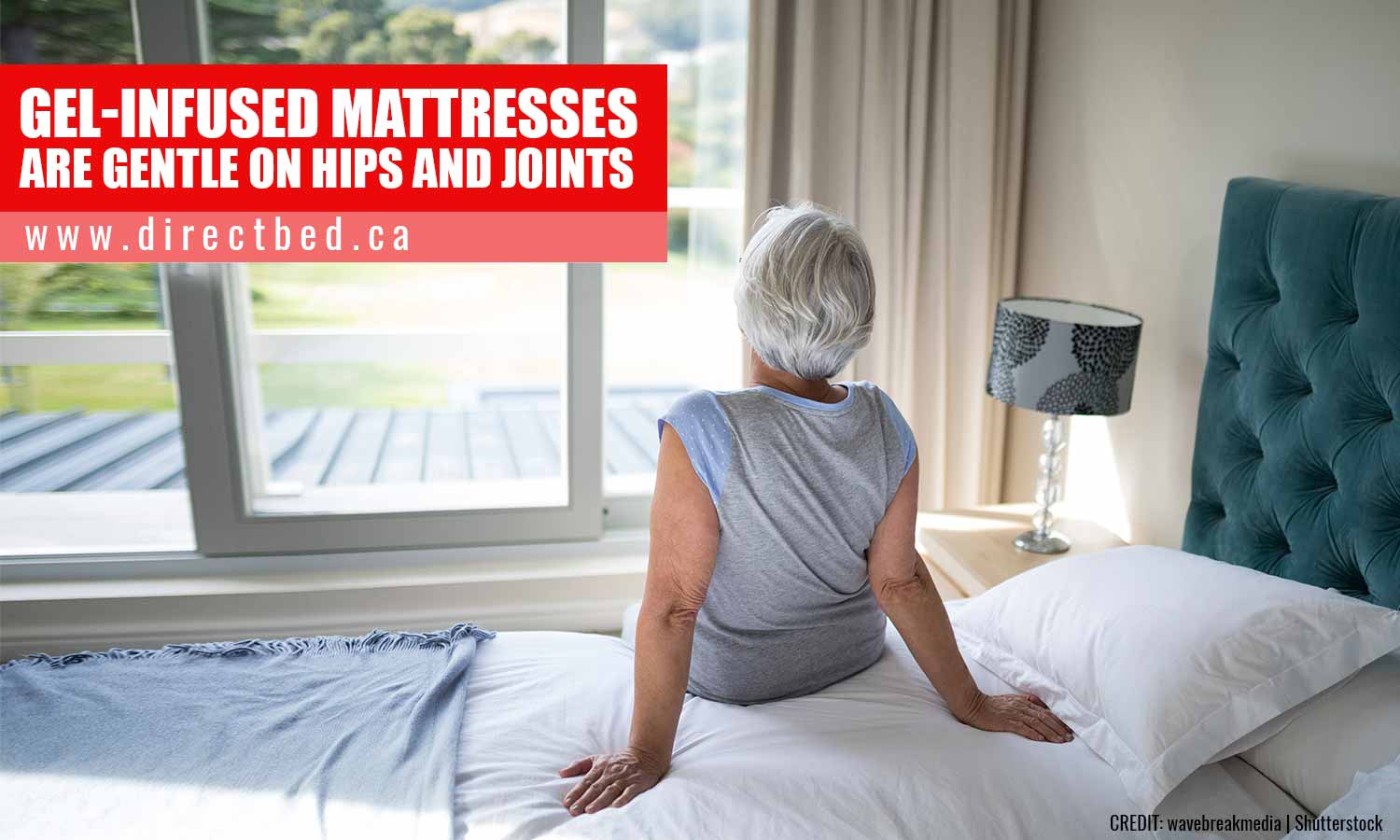The world spends a total of 33 years both sleeping and trying to do so. This, combined with how much time many spend just lying around resting, streaming videos, or being on social media, adds up to nearly half of our lives spent in bed. Seeing these numbers, it’s not a surprise to find out how your choice of mattresses can affect your overall health.
It’s time to rethink the significance that you put (or don’t put) on your mattress and make sure that the next one you purchase offers you the comfort and support your body needs.
Mattress Buying Tips: What to Look for in a Mattress
Now knowing the impact it can have on your quality of life, you may be wondering, “What exactly makes a good mattress?” Here are 5 of the most important factors you need to look for when making your next purchase:
1. Comfortable Padding
Mattress padding is made of a variety of materials including cotton, down, latex, polyester, and polyurethane foam. Each material has its own benefits. Those with allergies can minimize triggers by using hypoallergenic materials like latex and polyester. Beds for infants and toddlers may be better off made with water-resistant paddings, like polyurethane, which are easier to wash in case of accidents.
Different pads also have varying degrees of firmness, ranging from 1 to 10, with 1 being extremely soft and 10 being extremely firm. Medium-firm mattresses have ratings between 4 to 6, while firm mattresses have a minimum rate of 7. To determine the padding type your body needs, consider your sleeping position. Side sleepers require thicker padding that can adjust to the contours of their body. Back sleepers should choose medium-firm padding, while those who sleep on their stomachs should opt for firmer ones.
2. Back Support
A mattress that’s too soft sinks when you lie down, putting unnecessary pressure on certain muscles and joints. This can lead to the misalignment of the spine which, in turn, can lead to ailments like back pain. To keep this from happening, select a mattress that provides adequate support.
Mattresses reinforced by coils and springs may be just what you need. Varieties with higher gauge coils are thicker and firmer than lower gauge ones. However, the firmer the mattress does not necessarily translate to being better.
Firm mattresses generally offer more support for heavier individuals who would otherwise sink with a softer one. However, for lighter people, firm mattresses have too much resistance to offer any relief from pressure on sensitive areas.
3. Lifespan and Durability
Mattresses are often a substantial investment. That is why you need to choose one that has a long lifespan and is highly durable. A low-quality mattress will sag after a short period of time, losing its ability to support your spine and provide comfort. This means you need to replace it as soon as it shows signs of wear so you do not develop any sleep-related issues.
If you are looking for something that will last, opt for a mattress that is well-designed and made with high-quality materials. An excellent indicator of quality is the stitching on the mattress quilting. A good quality mattress will have consistent, unbroken stitches. Another indicator is the warranty. A mattress with a longer warranty of 10 to 15 years typically means the manufacturer is confident it will last at least that long.
4. Motion Transfer
Motion transfer is another factor you need to consider, especially if you sleep with a partner. A quality mattress has excellent motion isolation, which reduces the movement from either side of the bed and minimizes sleep disturbance. Memory foam has exceptional motion isolation.
5. Edge Support
The degree of edge support varies for different mattresses. Sitting at the edge of the bed makes the mattress prone to sinkage. When the mattress starts to lose edge support, it may make the sleeper feel as if they’re rolling off the bed when you get close to the edge. Examine the edges of the mattress to make sure that the edges will not easily wear.
A low-quality mattress can disrupt sleep and bring about a variety of health problems. These include neck and back pain, sore joints, a weakened immune system, and even cardiovascular diseases. To prevent these issues, invest in a good quality mattress that’s durable and has the right firmness and support.
Different Types of Mattresses
Whether your old mattress is way past its warranty or is no longer providing comfort, it may be time to get a new one! To help you do just that, we’ve rounded up a list of the most common types of mattresses to help you decide which type of mattress is best for you.
Did you know that NASA invented the memory foam (or Visco Elastic foam) in the 1970s to provide better seat cushioning and crash protection? Today, memory foam is widely available in mattress stores whether you’re in Hamilton, Burlington, or Oakville.
Memory foam offers support and comfort. It is made of a heat-activated material that softens with your body temperature. It conforms to the natural curves of your body as it disperses pressure evenly on the surface. The material can provide pain relief, especially for those who wake up with aching muscles and joints in the morning.
Firmness: Soft to medium
Lifespan: 8 to 10 years
Who Should Buy: Side sleepers
The innerspring is the oldest mattress, dating back to 1857. However, modern upgrades help provide sleepers with more comfort and stability. As its name implies, it has a steel coil support system designed to support your body. It uses padding or upholstery to cover the coils, ensuring softness, relaxation and added support. The more spring it has, the better support it can provide. Innerspring mattresses are perfect for those suffering from lower back pain.
Firmness: Medium to firm
Lifespan: 5 to 8 years
Who Should Buy: Back, side and stomach sleepers, heavier individuals, people with lower back pain
This type of mattress has a gel infused into the support system or upholstery layers of the foam mattress to regulate the bed temperature. Gel-infused mattresses are soft and gentle on hips and joints, reducing the risk of body aches.
Firmness: Soft to medium
Lifespan: 10 to 12 years
Who Should Buy: People with achy joints
Imagine the sophistication of the memory foam and the support and durability of the innerspring mattress combined into one. The hybrid mattress offers you the best of both worlds. The soft foam layers and spring work together to provide your body support and comfort. It provides softness without sagging and pressure point relief. Its bedding materials also help modulate temperature.
Firmness: Medium
Lifespan: 8 to 10 years
Who Should Buy: Couples with different firmness preferences
Take the extra step when purchasing a new mattress by paying attention to these factors. This way, you can rest assured that your investment is well worth your while. Do not rush and do not let price dictate which product you select. Take all the time you need. Understand your body and its needs so you can find the mattress that is perfect for you.
Whether you know exactly which mattress you need or are looking for a little help in deciding, turn to Direct Bed. We are an online mattress store that offers Hamilton, Burlington, and Oakville customers premium Canadian-made sleep products. Our click and mortar company offers all the convenience of online shopping.
Call us today at 1-844-475-3378, and we will help you choose the right mattress for you.














